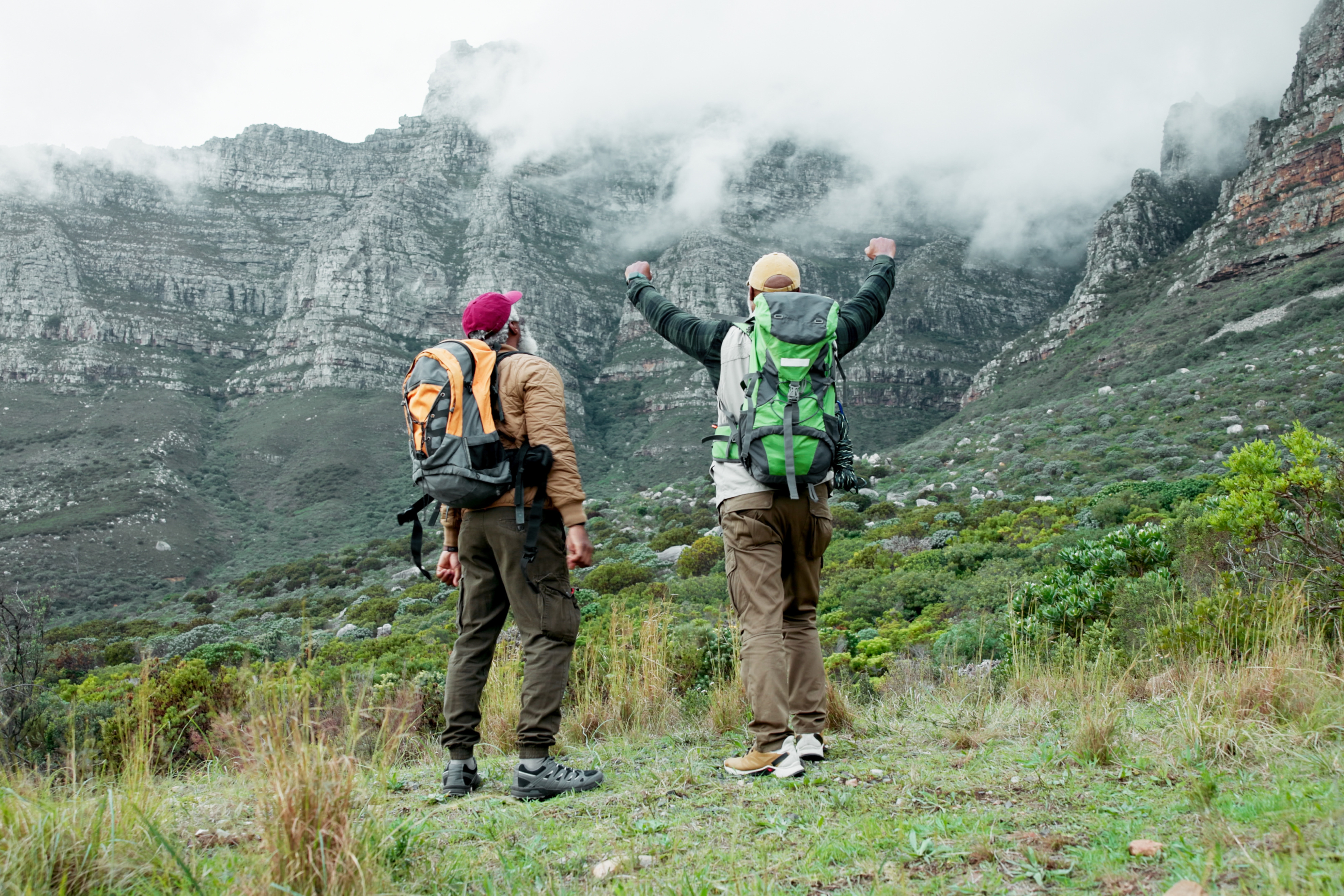Traveling light is much more than a trend. It’s a way to reduce our environmental impact, move consciously, and enjoy a deeper connection with our surroundings. In this article, we explore how applying minimalism to tourism can offer us more sustainable, authentic, and enriching experiences.

Traveling light isn’t just a practical way to move around the world—it’s, above all, a statement of intent. In a global context where sustainability has become an urgent priority, minimalism offers a coherent, responsible, and deeply enriching alternative for those who wish to explore without leaving a trace.
Reducing what we carry not only frees up physical space but also relieves mental and environmental burdens. Less weight means more freedom of movement, a lower ecological impact, and a travel experience that’s more connected to the environment and to oneself.
This article offers a conscious and transformative perspective on how to integrate minimalism into the way we travel—without giving up comfort—and turning each trip into a sustainable tourism practice.
Luggage as a statement of intent.

Packing your suitcase or backpack should be a thoughtful exercise. Every item you choose to bring has a purpose, a use, and an impact. Reducing luggage means rethinking our priorities and making room for what’s essential—physically and symbolically.
Traveling with little luggage offers obvious practical benefits: no checked baggage fees, less waiting time, increased mobility, and greater adaptability. From an environmental standpoint, it also means lower fuel consumption in transport, which reduces our carbon footprint.
Opting for sustainable textiles, versatile clothing suitable for different climates, and multifunctional accessories like reusable water bottles or quick-dry towels helps maintain comfort without compromising ecological awareness.
Mindful movement for a deeper connection with the environment.

Traveling light fosters a more direct relationship with the environment. Moving on foot, by bike, or using public transportation reduces barriers, invites active observation, and enhances the quality of the experience.
Slowing down also allows us to notice details invisible at high speed. Walks through valleys, forest trails, or riverside paths help us reconnect with silence, moderate physical effort, and the value of the journey itself.
Applying minimalist principles to mobility enhances autonomy, decreases reliance on private vehicles, and promotes low-impact tourism. In family contexts, it encourages more environmentally respectful education and greater alignment with nature’s rhythms.
The luxury of the essentials in natural spaces.

In the context of responsible tourism, true luxury lies in access to the essentials: clean air, unspoiled landscapes, and the ability to observe without hurry.
Large natural spaces, such as national parks or protected areas, offer a transformative experience. Traveling light makes it easier to access less-traveled routes, allows for greater flexibility, and minimizes the wear on fragile ecosystems.
This way of traveling values open horizons, silence as a sensory experience, and the beauty of untouched places—all in harmony with more respectful and conscious tourism.
Respecting the pace of the journey and of nature.

Traveling in a minimalist way is also an exercise in slowing down. By reducing luggage, we also reduce consumption expectations, allowing us to focus more on the present.
A conscious pause during the journey invites contemplation of the surroundings, respect for the moment, and appreciation for simplicity. This attitude contrasts with fast-paced tourism, which tends to collect destinations without paying attention to the process of traveling.
Respecting the natural pace of a place means adapting to its rhythm, avoiding the overuse of natural areas, and accepting that sometimes the best way to engage is simply to observe.
Lightness and sustainability as travel principles.

Minimalism and sustainability are two approaches that converge. Both follow a logic of simplicity, efficiency, and responsibility. Traveling with just what’s necessary means consuming less, generating less waste, and moving more efficiently.
Every decision matters. Choosing a technical backpack instead of several suitcases, replacing single-use products with reusable alternatives, or selecting sustainable accommodations and transportation—these are actions that make a difference.
The image of a light traveler facing a waterfall captures the essence of this approach: autonomy, respect, and connection with the environment without needing to alter it.
When less is more, travel becomes deeper.

Traveling with the bare minimum isn’t a sacrifice—it’s a conscious choice. It’s a way of declaring that the essential is enough to live an authentic, enriching experience aligned with the principles of responsible tourism.
Minimalism in travel invites us to let go of unnecessary burdens—both physical and symbolic—and discover the value of simplicity, presence, and attentive living.
This approach not only enhances the quality of travel but also turns it into an ethical and environmentally coherent act. Because traveling light is also about making space, caring for what matters, and traveling with purpose.
SDGs and sustainability in minimalist travel.
Adopting a minimalist and sustainable travel approach is a practical way to contribute to the United Nations Sustainable Development Goals (SDGs). Reducing consumption, choosing low-impact modes of transport, supporting local communities, and minimizing waste generation align with goals like climate action, responsible consumption and production, life on land, and sustainable cities and communities.
At Biosphere, we believe that traveling with awareness, simplicity, and respect is ultimately a way to engage in transformative tourism that not only enriches those who experience it but also protects the planet and its cultures for future generations.













